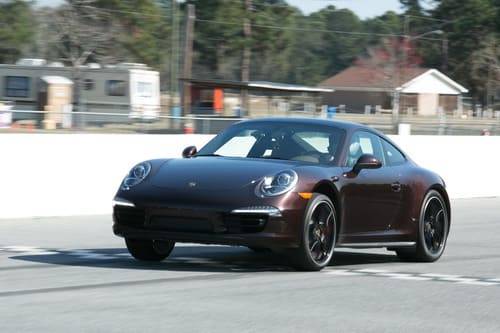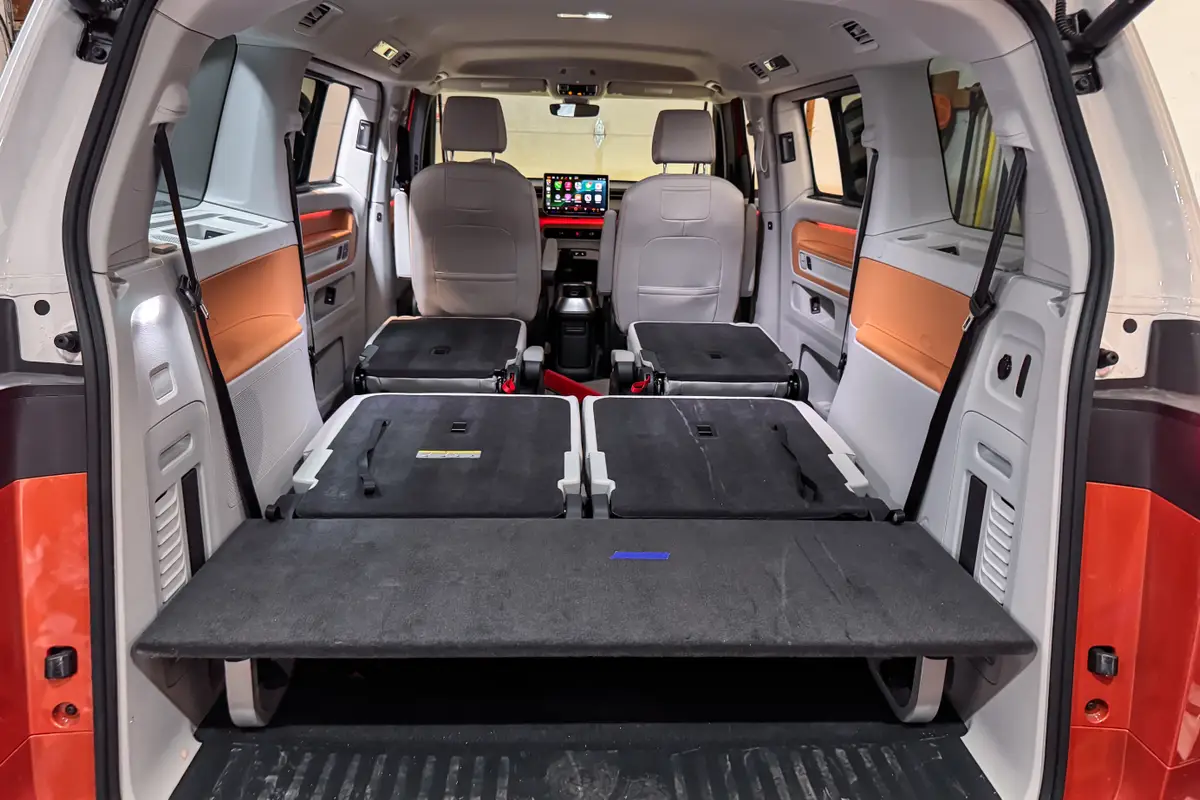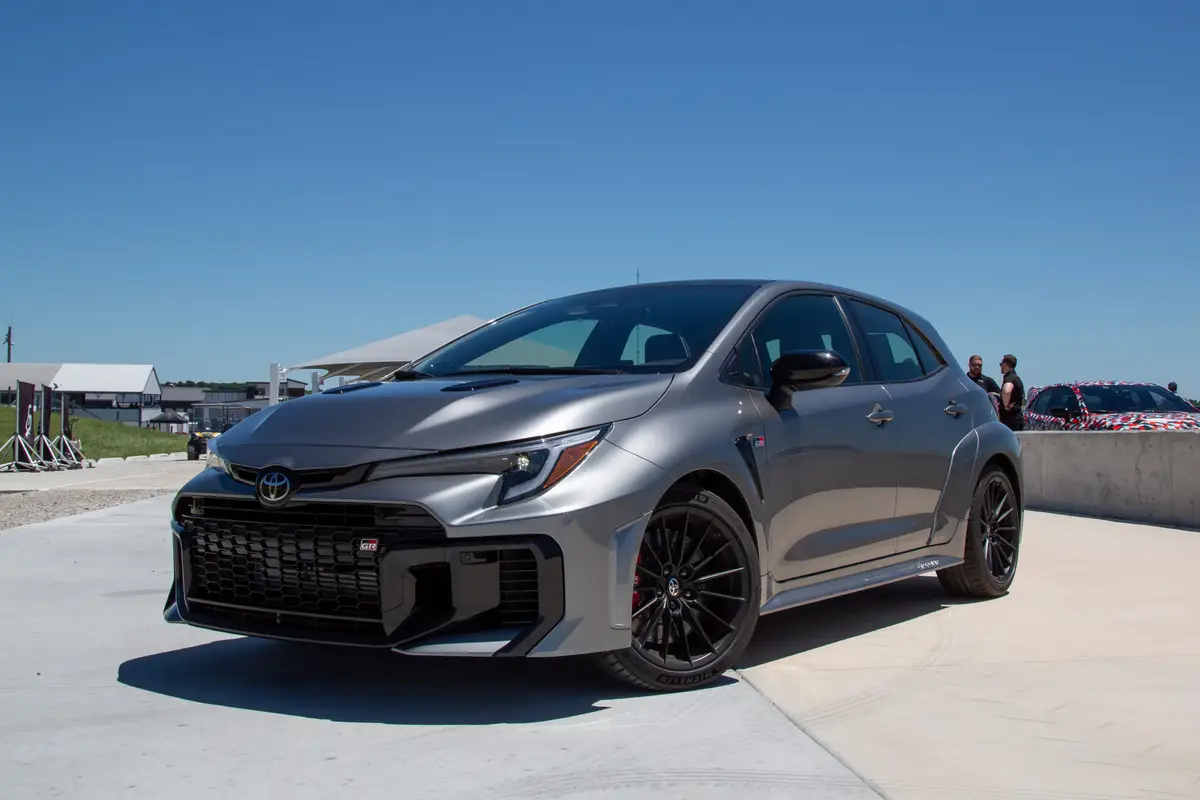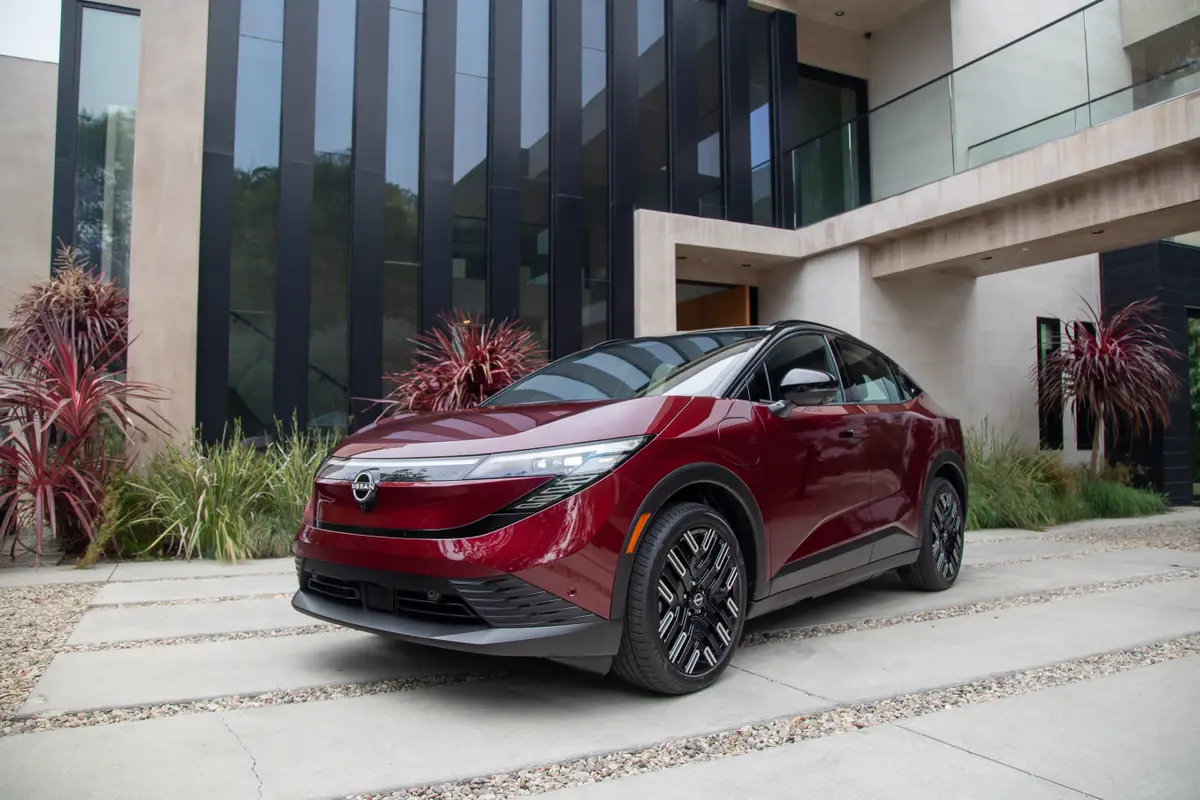Porsche, Mini Shine in New ALG Study


Imagine two cars similar cars. One is a Subaru, the other is a Dodge. Which one commands a higher price? The Subaru, according to a new study from ALG.
The Santa Barbara, Calif., company, a longtime calculator for used-car residual values, released its first Brand Pricing Score, which rates the impact a brand alone has on new- and used-car prices. Ranking mainstream and luxury brands as two separate groups, ALG analyzed new-car transaction prices and used-car auction prices (the prices paid at dealer auctions) alongside other factors to issue its scores, which replace the company’s Statistical Brand Value.
ALG surveyed model and calendar years 2012 to 2013 for new cars and sales from October 2011 to September 2013 for used cars. Mini and Subaru fared best among mainstream brands, while Dodge, Suzuki and Smart fared worst. Porsche demolished all other luxury brands on new and used lists, while Volvo and Lincoln brought up the rear. That’s bad news for those respective brands, but it means a used Dodge, Lincoln or Volvo could be a good deal. Conversely, a used Mini, Buick or Subaru with similar features will probably cost more.
Check out ALG’s full rankings below.
Mainstream brands, new:
- Mini: +30 percent (30 percent above average for mainstream new cars)
- Buick: +18 percent
- Subaru: +12 percent
- GMC: +10 percent
- Honda: +10 percent
- Toyota: +8 percent
- Volkswagen: +7 percent
- Mazda: +2 percent
- Hyundai: +2 percent
- Nissan: +1 percent
- Scion: -2 percent (2 percent below average)
- Ford: -3 percent
- Chevrolet: -3 percent
- Mitsubishi: -6 percent
- Kia: -6 percent
- Jeep: -6 percent
- Chrysler: -8 percent
- Ram: -8 percent
- Fiat: -9 percent
- Dodge: -13 percent
- Suzuki: -17 percent
- Smart: -20 percent
Luxury brands, new:
- Porsche: +40 percent (40 percent above average for luxury new cars)
- BMW: +9 percent
- Mercedes-Benz: +8 percent
- Audi: +6 percent
- Lexus: +6 percent
- Land Rover: +4 percent
- Jaguar: +2 percent
- Infiniti: -7 percent (7 percent below average)
- Cadillac: -9 percent
- Acura: -11 percent
- Lincoln: -15 percent
- Volvo: -31 percent
Mainstream brands, used:
- Mini: +30 percent (30 percent above average for mainstream used cars)
- Subaru: +22 percent
- Honda: +18 percent
- Buick: +17 percent
- Volkswagen: +11 percent
- Toyota: +10 percent
- GMC: +10 percent
- Mazda: +6 percent
- Nissan: +1 percent
- Ford: 0 percent
- Scion: 0 percent
- Chevrolet: -2 percent (2 percent below average)
- Mitsubishi: -4 percent
- Hyundai: -5 percent
- Jeep: -5 percent
- Kia: -8 percent
- Fiat: -10 percent
- Smart: -11 percent
- Suzuki: -15 percent
- Ram: -20 percent
- Chrysler: -20 percent
- Dodge: -26 percent
Luxury brands, used:
- Porsche: +48 percent (48 percent above average for luxury used cars)
- Audi: +15 percent
- Mercedes-Benz: +9 percent
- Lexus: +7 percent
- BMW: +7 percent
- Land Rover: +3 percent
- Jaguar: +3 percent
- Acura: -12 percent (12 percent below average)
- Cadillac: -13 percent
- Infiniti: -19 percent
- Volvo: -23 percent
- Lincoln: -24 percent
ALG purports to isolate the value of a brand alone, all other things being equal. But equalizing everything is no easy task. After all, the vast majority of Subarus have all-wheel drive, but niche brands Smart and Fiat only offer two-wheel-drive cars. Some other brands offer features like unique telematics systems or expensive safety technology that other brands lack.
ALG controls for those variables and more, Editorial Vice President Eric Lyman told us. “We know what all-wheel-drive is worth on the used market,” Lyman said. “We have a valuation for that attribute, for that quality of a vehicle that we can control for in this metric. We’re controlling for fuel economy, engine performance, horsepower and torque. We’re controlling for content such as leather seats, moonroofs … any attribute that we have quantitative data to validate the value of that equipment in that marketplace, we are controlling for here.”
What ALG doesn’t quantify for are “more nebulous” attributes, Lyman said, like premium cabin materials or non-drivetrain factors that affect driving, like noise insulation. That’s exactly what can move a needle up or down: a brand’s reputation, good or bad, for a slew of things — from warranty provisions to drivability or cabin quality. So can vehicle supply; automakers who build too many cars tend to need more discounts to attract buyers, which can lower brand value.
“Supply can also be a conscious brand decision,” Lyman said. “If you look at these products, effectively that’s why GMC is higher than Chevrolet. … There’s a lower supply of them.”
ALG’s index comes into sharpest focus, perhaps, for corporate twins sold by different automakers — the erstwhile Honda Passport and Isuzu Rodeo SUVs, or the Toyota Matrix and Pontiac Vibe.
“People were willing to pay 20 percent more for a Honda than for an Isuzu,” Lyman said. And “the Matrix sold for more on a transactional basis and a used-car basis.”
Does that mean value shoppers consider brands at the bottom — the Dodges, Lincolns and Volvos of the world? That’s one way to look at it, Lyman said. But that carries risk.
“Depreciation is the No. 1 cost of ownership of a vehicle,” Lyman said. “You can pay less for something up front, but it’s disproportionally worth less. … It’s really not a sound economic decision.”
Related
Which Cars Have the Best Resale Value?
Why High-Efficiency Trims Don’t Add Resale Value
More Automotive News

Former Assistant Managing Editor-News Kelsey Mays likes quality, reliability, safety and practicality. But he also likes a fair price.
Featured stories




